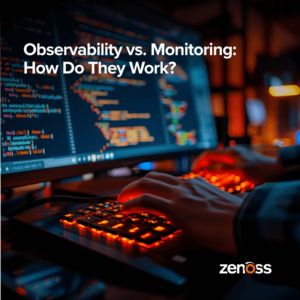These da
1. Too Much Data Not Enough Information
This may seem counter-intuitive, but monitoring systems often yield too much data that translates into a lack of usable information. Events and Alarms arrive lacking contextual awareness and often flood operators and systems administrators. Worse yet, operations must spend countless hours to clean-up dirty event consoles, ticketing systems and more. Complex change control including maintenance windows, acceptance testing, and production systems often overlap and cause false positives and unneeded high severity events. Throw in virtualization across compute, storage, and networking and you have a recipe for disaster.
2. Slow Pace of Innovation Due to Acquisition
Perhaps nothing stifles the pace of innovation more than industry consolidation and acquisitions. Over the last 7 years we have seen HP, BMC, IBM, and CA acquire disruptive and innovative technologies ranging from Micromuse to Concord and ProactiveNet to SMARTS. Additionally, most of these acquired companies found themselves mated to software suites but have never been integrated into a common platform or data store. Organizations have been forced to supplement this lack of innovation with hefty services contracts that seem to never end and yield less than expected results.
3. Rising Complexities Masked in Cloudy Dreams
While Cloud computing is a great marketing term, it really underestimates the underlying complexity of this IT inflection point. Every major aspect of a datacenter is under unprecedented change including compute, storage, and networking. Automation is critical to creating an agile environment that leads towards a DevOps model. Monitoring, orchestration, provisioning, service catalogs, development, testing, and more must march in perfect cadence; a tough task for any Operations team. New models such as IAAS, PAAS, and SAAS offer unique challenges that demand decisive actions to reduce MTTR. Finally, the Cloud is cute, but someone must understand how services are constructed, the underlying infrastructure, and the impact of issues across the datacenter.
Operations may have the reputation of always saying “No”, but how can they say “Yes” when they cannot properly monitor their existing environments. In order to fix this problem, monitoring must be elevated to the same level as orchestration and provisioning engines, monitoring must organize the Cloud chaos, and monitoring must provide a modern view that can handle this new dynamic world. Only when these conditions are met, will monitoring fulfill its promises and make Operations the heroes they are.
Image via Leo Reynolds








